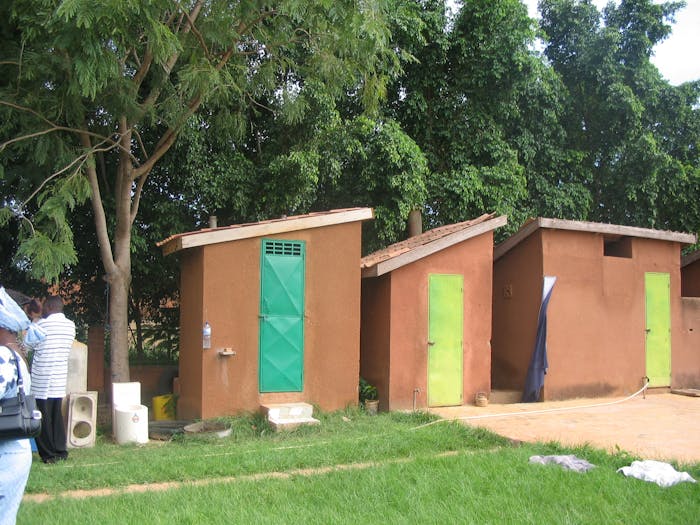More people die every year due to lack of sanitation facilities than from conflict
The stench in the streets of major cities in Sub-Saharan Africa and Asia is hard to ignore.
Its origin? A lack of sewerage, blocked gutters because people dump plastic bottles and a water purification system that doesn’t work. Homes often don’t have toilets and the communal toilet blocks are filthy. Sometimes people simply relieve themselves outside. Because dumping is cheaper than processing, the excrement of millions of residents ends up in the water that surrounds the cities. Even if there are basic sanitation facilities. During floods – which are frequent – sewage water sometimes reaches a meter high in the houses of the poorest. The result is a high risk of cholera outbreak which often kills thousands of people.
According to the WHO, a lack of access to clean drinking water and (inadequate) sanitation facilities kills almost 800,000 people a year worldwide. This is mainly caused by dehydration from diarrhea or cholera. In comparison: the number of deaths from conflicts is 75,000 annually. In many of the regions with sanitation problems the situation is ignored for the simple reason that there is no money to tackle it. People deal with the problem by finding a good place to live. This means that the houses of the rich are on higher ground where there is sometimes a sewerage system. Their waste flows downstream and it is only when the poor people living in the lower areas become sick as a result of the dirty water, that action is taken. Dirty water is accepted as an inevitable risk in the region.

 06 Clean Water and Sanitation
06 Clean Water and Sanitation